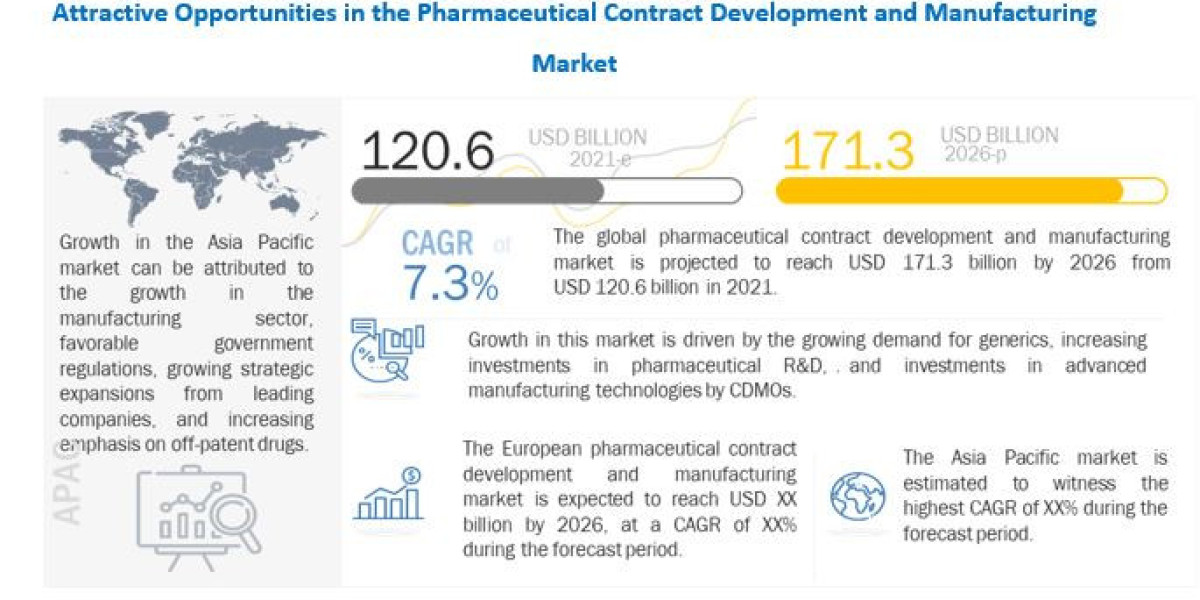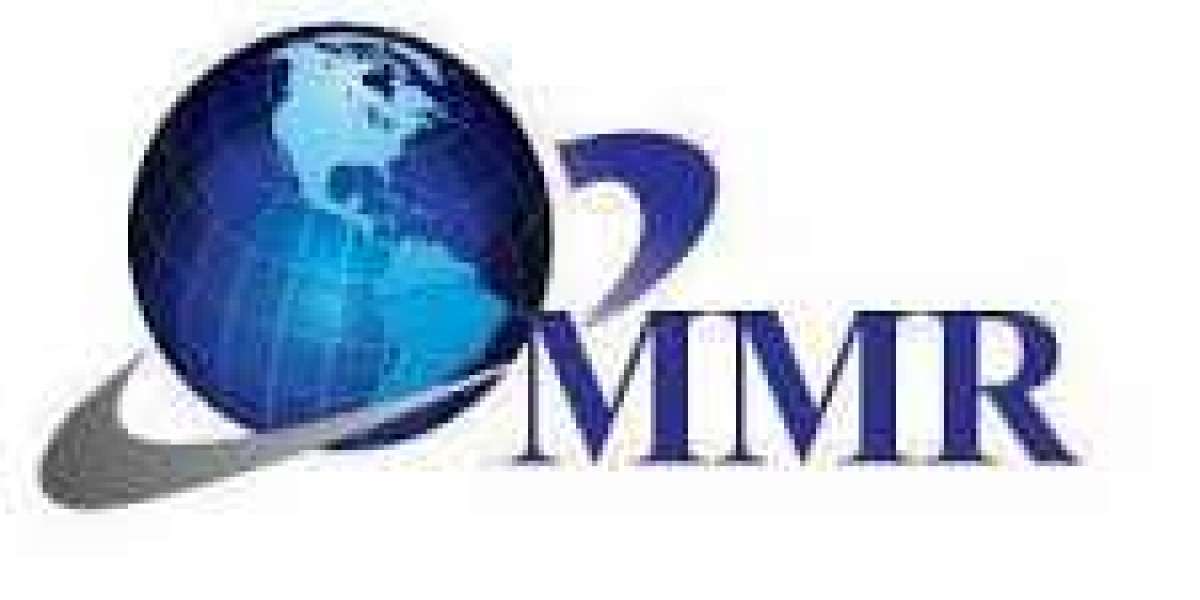It may feel like there are a never-ending number of challenges to face to find the Human Resource Management System that is appropriate for your business.
One of the first and most important phases is determining precisely what features, functionalities, and modules you require.
To support your strategic business objectives, the system must be able to do what you need it to, in other words.
The challenge arises because, once one starts looking into the numerous HRMS Solution software and technology alternatives currently accessible, “HRMS Solution” ends up being a rather ambiguous concept.
A basic personnel database with constrained capacity that may have a lot of useful modules tacked onto it is what some vendors refer to by these words.
Each module offers software support for one of the numerous HR services listed below.
What Justifies the Use of HRMS Solution System Modules?
HR software’s main goal is to increase the efficiency of your company’s HR processes.
A software platform with integrated modules is used to automate many of the tasks that take up the majority of your HR department’s time.
The most used modules of HRMS Solution systems are as follows:
HR database
Your employee records are kept in an HRMS, which serves as the foundation for all the other features.
It can range from a simple name, address, phone number, and also job title to an entire work history that includes performance management evaluations and training.
Although it can be the simplest aspect of your HRMS, the security of the system’s data is crucial because it holds personal information, possibly including bank account information for payroll purposes.
Recruitment
A recruiting module should manage all of your internal authorization and form-filling procedures; enable managers and/or HR to publish job postings and accompanying materials online, and provide applicant monitoring and even preliminary vetting.
Additionally, there might be tools for creating talent pools that can be “trawled” for qualified applicants when a position opens up.
Recruitment modules have embraced social media to the greatest extent of any HR technology; compatibility with LinkedIn and other platforms, for instance, is becoming more commonplace, and social capabilities are a crucial area of discussion when speaking with providers.
Features of typical recruitment modules include:
- Tailored pipelines for various functions.
- Posting jobs and job descriptions with a single click to several job boards.
- Automated evaluation procedures, including arranging interviews.
- Candidate monitoring.
- Continue parsing.
- Analytics and metrics that are common for applicant profiles.
- Mobile app.
- Gamification (albeit opinion is mixed between the pros and downsides) (though opinion is divided between the pros and cons).
- Interface for social media.
- Electronic offer management
Performance management
This module should automate the evaluation process, combine your competency framework, job standards, and/or other pertinent systems, and record and track objectives and targets.
Features of typical performance management modules include:
- Establishing and managing individual performance targets.
- Links leading to a competency model.
- Scheduling sessions for evaluation and assessment.
- 360° performance evaluation.
- Tools for “in-the-moment” feedback.
- Collecting big data to get a bigger picture of each person’s performance.
- Links to functions for succession planning and talent management.
Time and Attendance
The time clock is likely one of the oldest automated HR processes, along with payroll. In order to prevent “buddy punching” activities, such systems now frequently use biometric identification.
They also frequently interface directly to (or comprise a substantial portion of) the workforce management module and provide data links to your accounting and payroll software.
The following are typical time and attendance module features:
- Tracking of attendance at work.
- Time clock control.
- Biometric technologies
- Flexibility for mobile and remote workers.
- Legislation observance
Talent management
This module should assist in creating talent pipelines so that your company may avoid experiencing critical skill shortages that could potentially harm performance.
The main goal of the session is to discover individuals who can contribute to creating talent pipelines.
Performance management, learning and development, and also recruiting efforts should all be continuous.
Common traits of talent management modules include:
- Alignment with the company’s operational and also strategic goals.
- The planning of individual careers and the mapping out of individual career pathways.
- Integration with important hiring initiatives.
- It is appropriate to reward benchmarking (internal and external).
Payroll
A basic payroll function will calculate and pay each employee’s salary, withhold and deduct the necessary taxes and deductions, and arrange for either the printing and distribution of paychecks or direct deposit payments into employees’ bank accounts.
The payroll function will also deduct the necessary sums for taxes and deductions.
Automated payroll used to frequently be handled by a special piece of software created for the purpose. On the other hand, it appears that integrating payroll operations within your human resource management system is growing in popularity.
Basically One clear benefit of employing that system is that it is likely already holding the essential employee data needed for processing payroll (personal identification, banking details, a record of hours worked, etc.).
Another benefit of adopting an HRMS to manage payroll is that you can access all of your people-related operations through a single portal or access point.
Other benefits include increased data security and also accuracy, reduced error risk, and adherence to applicable laws



